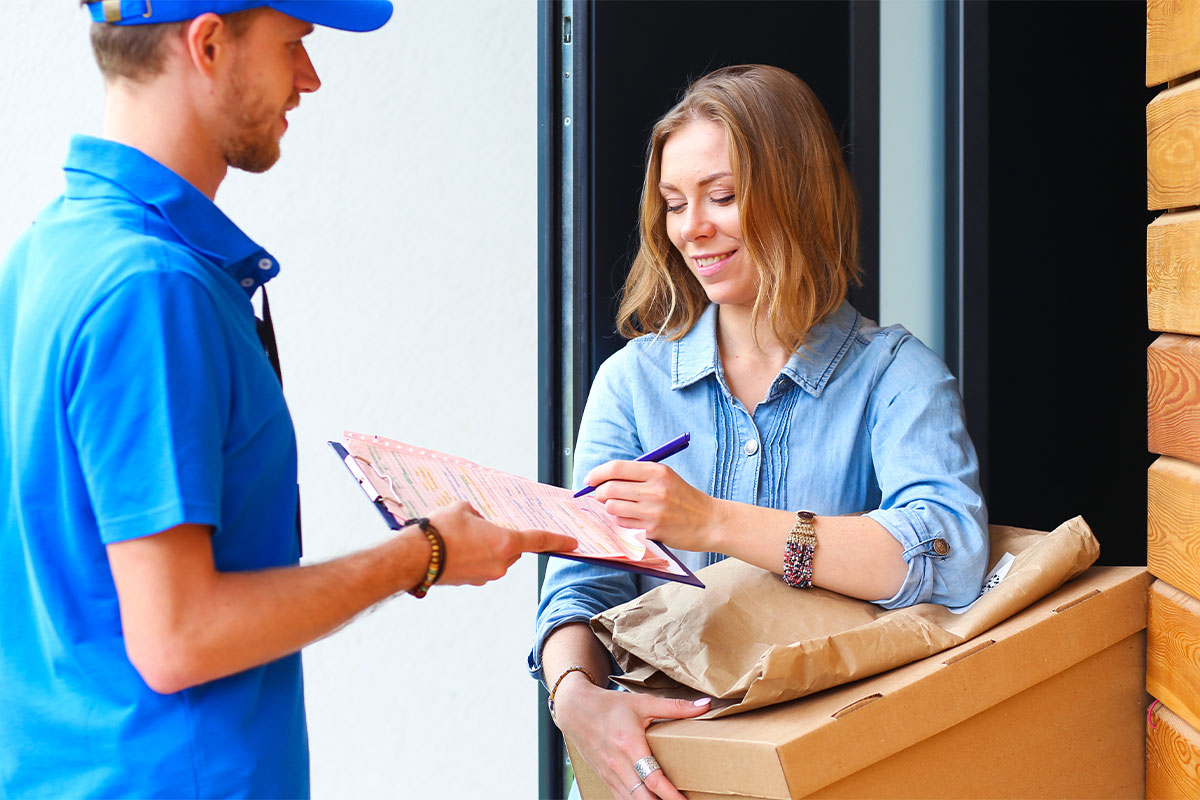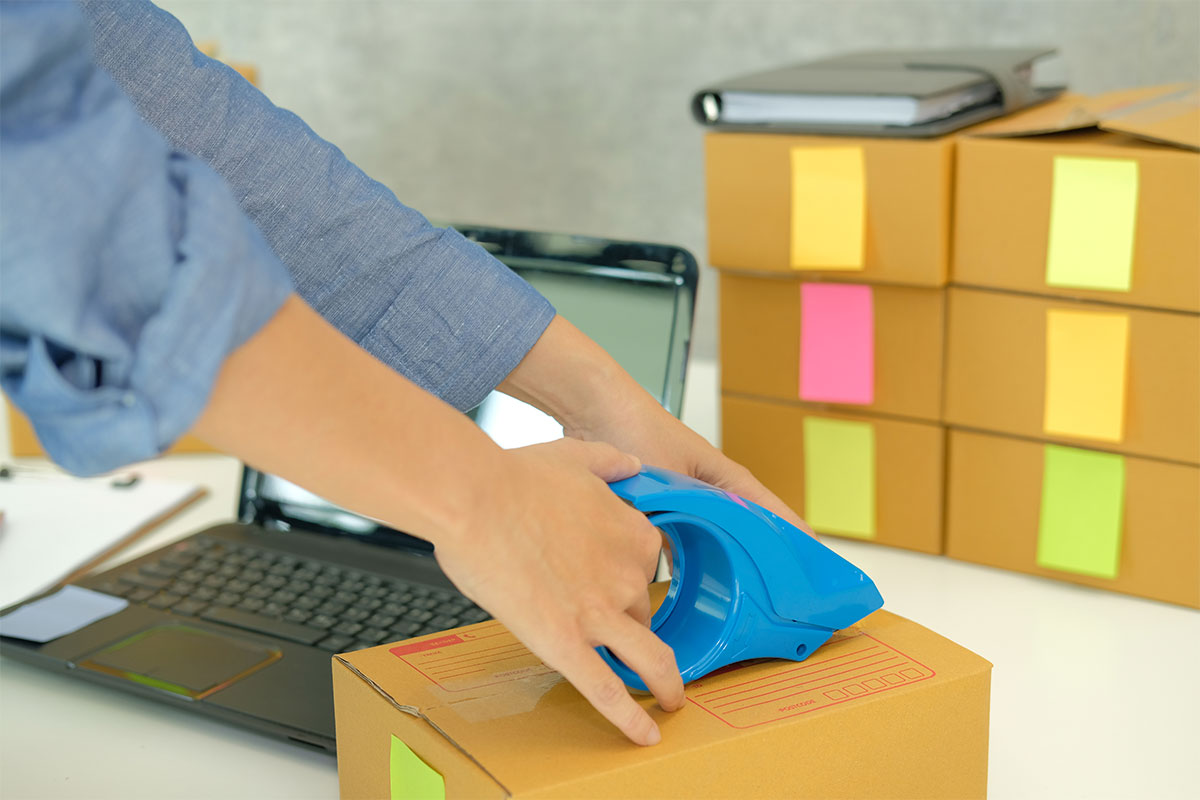As an e-commerce business owner, you probably have a good idea about how important convenience is to your customers. They want to be able to order products online and have them delivered directly to their doorstep, as quickly as possible.
Subscription box fulfillment services make it possible for customers to schedule their orders in advance and receive their ordered goods at specified times – whether it’s on a daily, weekly, monthly, or quarterly basis. For this reason, it’s vital for subscription-based businesses to ship the correct items at the right time.
In this article, we’ll explain what subscription box fulfillment is and step through some of the challenges associated with it. We’ll also help you determine whether you should keep fulfillment operations in-house or consider outsourcing to a 3PL service provider.
What Is Subscription Box Fulfillment?
Subscription box fulfillment deals with the delivery of goods from an online seller to a customer on a regular, predetermined basis. The subscription box may contain the same products every time or a different assortment of items each time around.
Here are some common examples of subscription box products:
-
Beauty and fashion items. These items are generally the same month after month.
-
Snacks and pantry boxes. This is an example of a subscription box that may contain different snacks each month.
-
Shaving products. Shaving product subscription boxes – like those offered by Dollar Shave Club – are usually the same each month.
-
Fitness and wellness treats. Customers who order fitness and wellness treats generally tend to order the same treats each month. However, some customers might like to change things up each quarter.
Subscription boxes let customers rest assured that they’ll receive their goods around the same time every month. However, e-commerce businesses face several challenges to meet customer expectations:
-
Inventory management. In the context of order fulfillment, curating a different subscription box every month can be time-consuming which is why you’ll need to make sure you’re always ahead of schedule to account for unforeseen contingencies. For instance, you might experience delays from the manufacturing side or on the fulfillment provider’s end. And even if you ship the same items every month, you’ll still benefit from optimizing inventory management to avoid order delays or running out of stock.
-
Assembling the subscription box. Packaging regular products are pretty straightforward – bubble wrap on the inside and carton box on the outside. Assembling an assortment of products isn’t an easy job regardless of whether you handle shipping or outsource it to a third-party service. You need to fulfill rigorous quality control requirements to ensure that the right items are packed in pristine condition. This involves everything from how products are arranged in the box to creating an unboxing experience.
-
Making sure orders are shipped on time. You need to make sure you’re able to deliver the ordered goods at the predetermined time each month. If the customer needs a refill on healthcare, fitness, or grooming products, this becomes particularly important. Subscription fulfillment demands that your shipments reach the consumer on time and in excellent condition.
Now that you have a basic understanding of the different challenges associated with subscription box fulfillment let’s dig deeper to see whether outsourcing to a 3PL provider is the right option for your online business.
When You Should Outsource Subscription Box Fulfillment to a 3PL
Deciding whether to manage subscription box fulfillment operations in-house or outsource to a third-party provider can be tricky – especially if you’ve never used an order fulfillment service before.
Here are the two main questions you need to ask yourself:
-
How many boxes are you shipping each month?
-
How much assembly is required before you can ship the subscription box?
Here are a few examples to help you decide whether or not your business lands you in the outsource to a 3PL territory or not:
Scenario 1: An online store that ships grooming products (razors and blades) to its end customers every month.
The subscription box contains the same number of items shipped to the customer at the start of every month. The package is shipped along with a simple thank you note and, occasionally, a complementary product sample (such as shaving gel).
Assembling subscription boxes with assorted products is relatively easy in this scenario since the process of packing all of the items – including the razors, blades, notes, and samples – can be standardized. This requires less oversight and costs less to carry out in-house when you’re catering to a smaller market. But, if you receive orders of hundreds of boxes every month, opting for a third-party fulfillment provider would be a better, more sustainable option.
Scenario 2: A basket of fresh fruits, vegetables, and herbs from the local farmer’s market.
Twice a week, a truck heads to the local farmer’s market to pick healthy, natural food items such as apples, berries, potatoes, tomatoes, and a variety of herbs. The products are sorted and packed carefully into boxes according to individual customer orders.
First, the product (i.e., fruits and vegetables) is easily perishable, which means that they need close quality control to ensure that no rotten items are delivered to paying customers. Second, the ordered goods have to be sorted so that the right customer gets the correct order. The products would require extra care in packaging, and the 3PL service provider would likely charge a higher processing and handling fee. In this case, you’d be better off fulfilling orders in-house.
Scenario 3: E-commerce business that delivers stationery items.
A company that sells luxe stationery items – such as planners, pens, pencils, notecards, and ink refills – delivers a subscription box to customers once every quarter. Some customers want four pens while others need 10. Similarly, some customers have opted for the Small Planner while others chose the Large Planner. The package is shipped with the stationery items packed in a custom, branded box.
In this scenario, the conditions match perfectly with a 3PL service’s strengths. You can give them your own branded boxes, and they’ll be able to pack the stationery items every quarter. Even though handling this in-house would be easy and cost-effective, outsourcing to a third-party fulfillment provider would save you time, which you could spend focusing on core business activities.
Scenario 4: Yoga studio that delivers a different assortment of products to customers.
A yoga studio curates a different box each month to send to subscribers. Boxes typically contain a combination of yoga apparel, snacks, supplements, planners, water bottles, or cosmetics. The contents of the subscription box change every month and are focused on delivering a unique unboxing experience.
In this scenario, the subscription box requires more attention and care on the part of the handler. Order fulfillment companies ship a large number of orders every day to many clients, all with very different requirements. Most fulfillment companies might not have the expertise to assemble subscription boxes a specific way (for example with crinkle cut paper and glitter popping out when the subscriber opens the package). So, you’ll have to keep the delivery operations in-house to meet the expectations of your customers.
Subscription Box Fulfillment Process
If your subscription-based business is similar to the first and third examples above, you might seriously consider outsourcing subscription box fulfillment operations to a 3PL fulfillment service provider.
Here’s how an order fulfillment service provider handles your subscription orders:
Receiving Inventory
To ship your goods to the end customer, the fulfillment provider will need you to deliver the inventory to their warehouse. You need to ensure that your items reach the 3PL service provider’s warehouse on schedule so that they can be shipped to customers in time.
Sharing Order Details
You’ll have to automate your order information system which will ensure that your 3PL provider has real-time access to order details. You can do this using a simple spreadsheet or an online order management system (OMS). Doing so will also help you standardize your subscription fulfillment and turnaround times.
Picking, Packing, and Kitting
When you send order information to the fulfillment provider, warehouse staff starts locating and picking the ordered items. Once all the items needed are gathered, they are properly packed in a plain box (or branded packages) and labeled with appropriate order information.
Some companies can ask for additional services to enhance the unboxing experience such as including a simple, printed thank you note. While many fulfillment providers offer branded packaging for subscription boxes, they’ll likely charge fees that may make subscription fulfillment expensive for you. That said, you can always handle kitting in-house or reach out to the 3PL for a custom quote.
Shipping to the Customer
Once the order is picked and packed, it’s ready to be delivered to the end customer. 3PL providers typically acquire shipping labels from carriers on the online seller’s behalf. The shipping partner used depends on the fulfillment company’s network as well as the merchant and customers’ requirements.
Additionally, the 3PL company compares the shipping fees of several carriers to ensure the best available pricing match for their clients. And finally, the package is delivered to the customers along with the order tracking details, enabling you to monitor order completion at each step.
Conclusion
Running a subscription-based business brings with it several shipping and order fulfillment challenges. Thankfully, there are e-commerce order fulfillment companies that can help take some of the extra load off your plate so you can focus on improving your e-commerce business.
Do you ship the same products or a different assortment of products in your subscription boxes? Let us know by commenting below.








